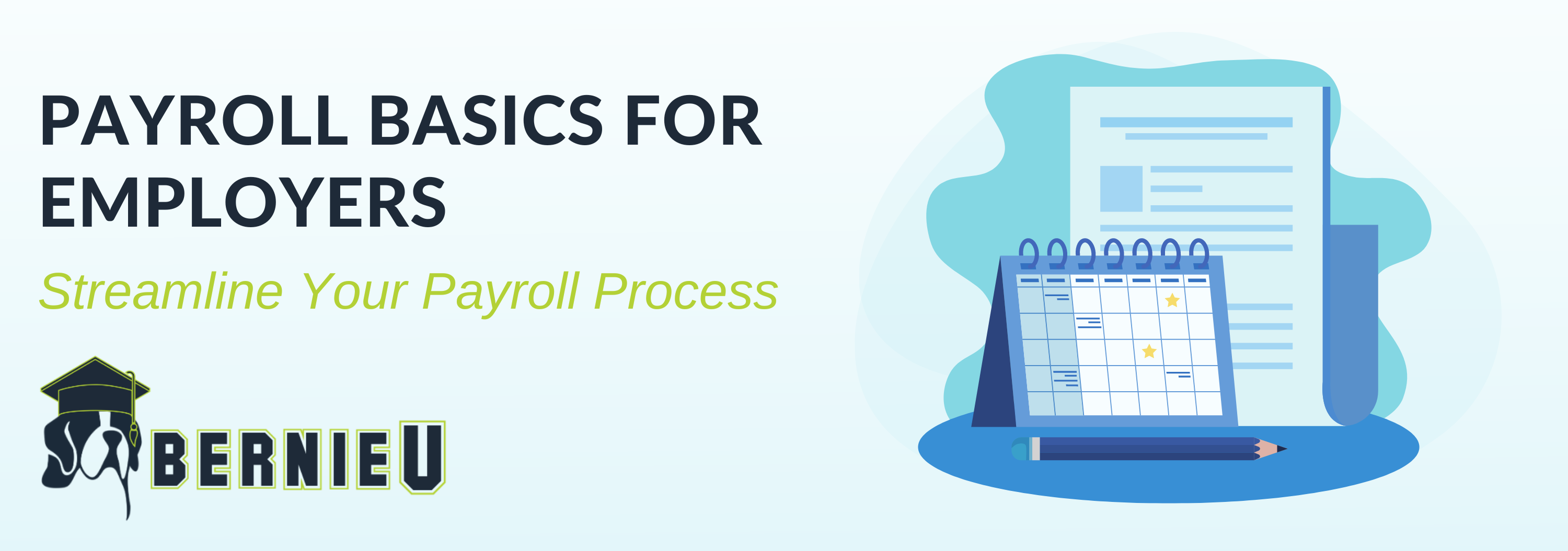
Written by
Aidan Farrish
Aidan is an aPHR-certified writer on the marketing team at BerniePortal. She writes about HR, healthcare, and benefits.
IRS Roundup: 2024 Tax Brackets, 401(k) Contributions, and FSA Limits

The Internal Revenue Service, or IRS, regularly makes changes to adjust its regulations in response to inflation. But with inflation at or near 40-year highs, those changes are especially relevant for 2024.
While these limits are increasing less than they did from 2022 to 2023, employers should still note the rising cost of living. Read on to learn more about the updated IRS numbers you need to know for the coming tax year.
What Are the IRS Income Tax Brackets for 2024?
An individual (or married couple, if they choose to file jointly) falls into one of seven tax brackets based on their income, and these brackets determine how much of that income is withheld in taxes.
2024 Income Tax Brackets for Single Filers
|
Taxable Income |
Tax Rate |
|
Up to $11,600 |
10% |
|
$11,601 — $47,150 |
12% |
|
$47,151 — $100,525 |
22% |
|
$100,526 — $191,950 |
24% |
|
$191,951 — $243,725 |
32% |
|
$243,726 — $609,350 |
35% |
|
Over $609,350 |
37% |
Last year’s changes represented increases of about 7%, much higher than usual because of record inflation. That meant even employees who didn’t get raises last year could end up in a lower tax bracket—increasing their take-home pay slightly. This year, the 5.4% increase marks a slight easing of inflation highs, but employers should remain cognizant of extra financial pressures on households recovering from the past years.
2024 Income Tax Brackets for Married Filers
Married filers have different taxable income threshold amounts from single filers. It is double that of single filers, but this chart can help you compare more easily.
|
Taxable Income |
Tax Rate |
|
up to $23,200 |
10% |
|
$23,201 — $94,300 |
12% |
|
$94,300 — $201,050 |
22% |
|
$201,050 — $383,900 |
24% |
|
$383,900 — $487,450 |
32% |
|
$487,450 — 731,200 |
35% |
|
over $731,200 |
37% |
What Is the New 401(k) Contribution Limit in 2024?
A 401(k) is a retirement savings account many employers offer as an employee benefit. These accounts allow employees to set aside or invest pre-tax income that can be used tax-free once an employee reaches age 59.5. Many employers match employee contributions to these plans up to a certain percentage.
In tax year 2023, employees were limited to a maximum contribution of $22,500. But in 2024, the 401(k) contribution limit increases to $23,000. That means employees can set aside an additional $500 into their retirement accounts.
The jump from 2022 to 2023 was $2,000, so this $500 increase is another indicator that the IRS is reacting to lowering inflation rates. From 2021 to 2023, this limit rose $3,000 in total, marking a much higher increase than in past years.
What Is the 401(k) Contribution Catch-Up Limit in 2024?
The 401(k) catch-up contribution limit is for persons aged 50 or older to contribute extra money to their 401(k)s in order to save more quickly for retirement. In 2024, the catch-up contribution limit is $7,500, making the total contribution limit $30,500. This is unchanged from 2023.
What Is the New FSA Contribution Limit in 2024?
A flexible spending account, or FSA—also called a flexible savings arrangement—allows employees to set aside pre-tax funds for healthcare expenses or dependent care expenses.
To use the money for dependent care, the expense must be directly related to the employee’s work. For example, an employee could use FSA funds for childcare expenses during their own working hours, but not for date night.
Employees can decide how much to put into their FSA—up to a limit. In 2024, the FSA contribution limit increases from $3,050 to $3,200. Like the 401(k) limit increase, this one is lower than the previous year’s increase.
All these changes begin in tax year 2024, which means they’ll apply to taxes filed in 2025. While the updates may not affect organizational budgets directly, some will impact payroll. So, HR can communicate changes to employees to help them understand their options when setting personal financial goals. While HR professionals should not act as financial advisors, communicating information such as this may build trust in HR’s role.
To make it easier, just send your workforce this blog.
Resources for Other 2024 Compliance Questions:
- HSA and HDHP Limits for 2024
- IRS Makes Radical Changes to Electronic Filing Requirements for 2024
- Do FSAs Have Grace Period and Rollover Options?
- Can I Contribute to an HSA if My Spouse Has an FSA?
- DOL Proposes $55k Overtime Rule Threshold, Schedules Regular Increases
- Form I-9 Updates and E-Verify Policy Changes (in effect October 31)
Additional Resources
You can stay informed, educated, and up-to-date with important HR topics using BerniePortal’s comprehensive resources:
- BerniePortal Blog—a one-stop-shop for HR industry news
- HR Glossary—featuring the most common HR terms, acronyms, and compliance
- HR Guides—essential pillars, covering an extensive list of comprehensive HR topics
- BernieU—free online HR courses, approved for SHRM and HRCI recertification credit
- HR Party of One—our popular YouTube series and podcast, covering emerging HR trends and enduring HR topics

Written by
Aidan Farrish
Aidan is an aPHR-certified writer on the marketing team at BerniePortal. She writes about HR, healthcare, and benefits.
Related Posts
Do you use a noncompete agreement at your workplace? According to the Federal Trade...
The news we’ve all been patiently (or impatiently) waiting for is finally here! The DOL...
In 2023, iTutorGroup, an online learning platform based out of China, used an Artificial...
On April 15, 2024, the U.S. Equal Employment Opportunity Commission (EEOC) issued a final...







Submit a Comment